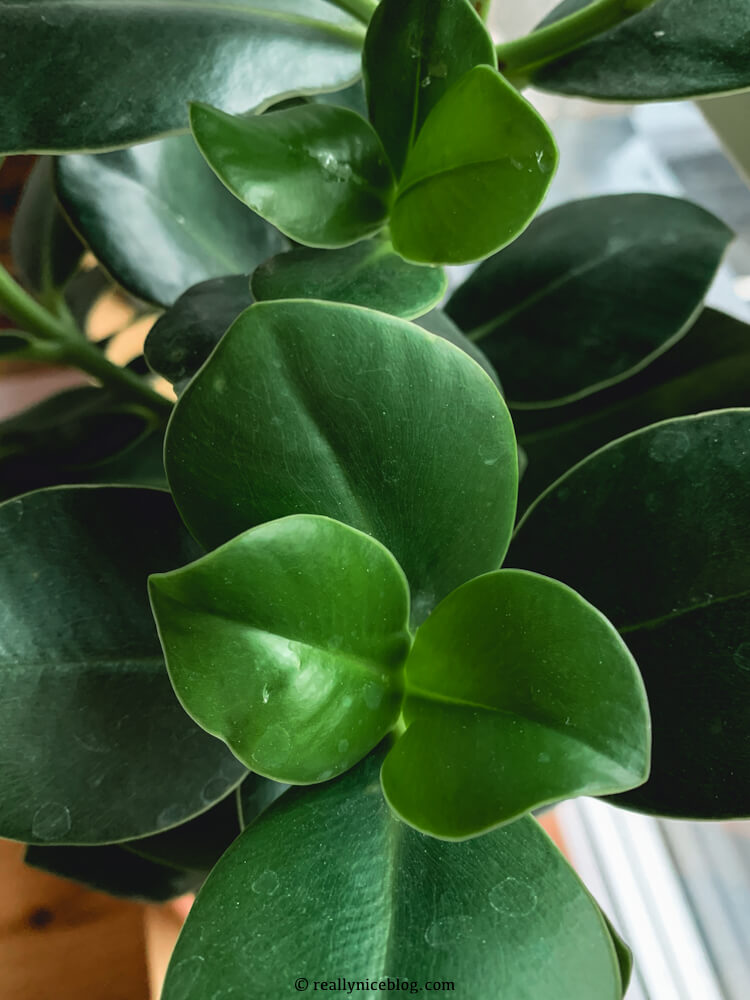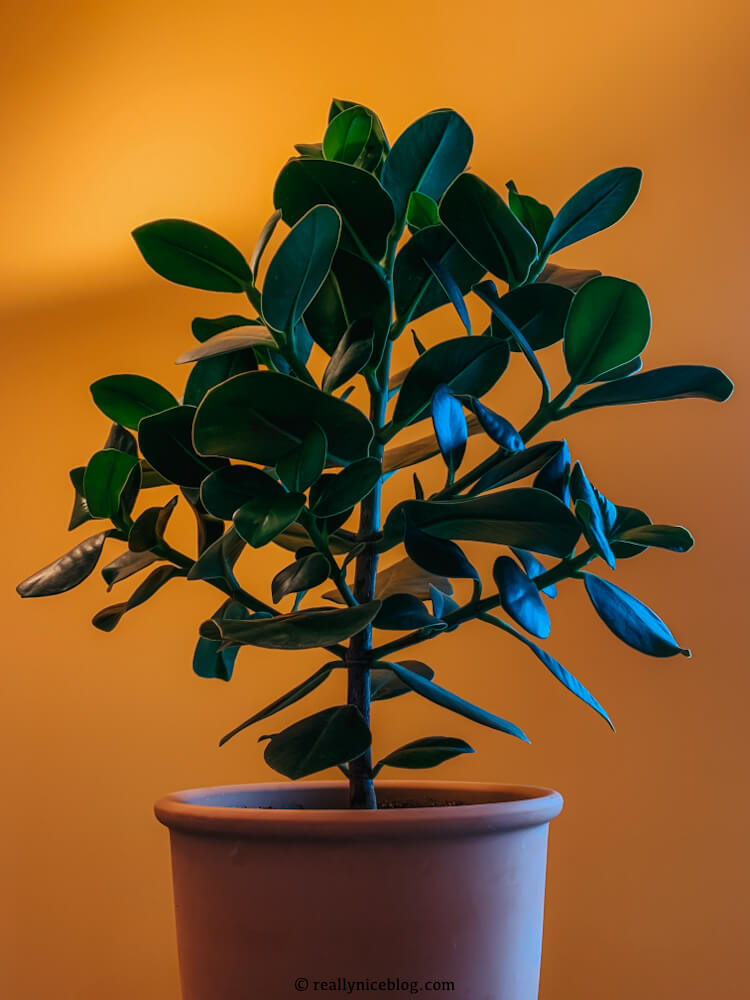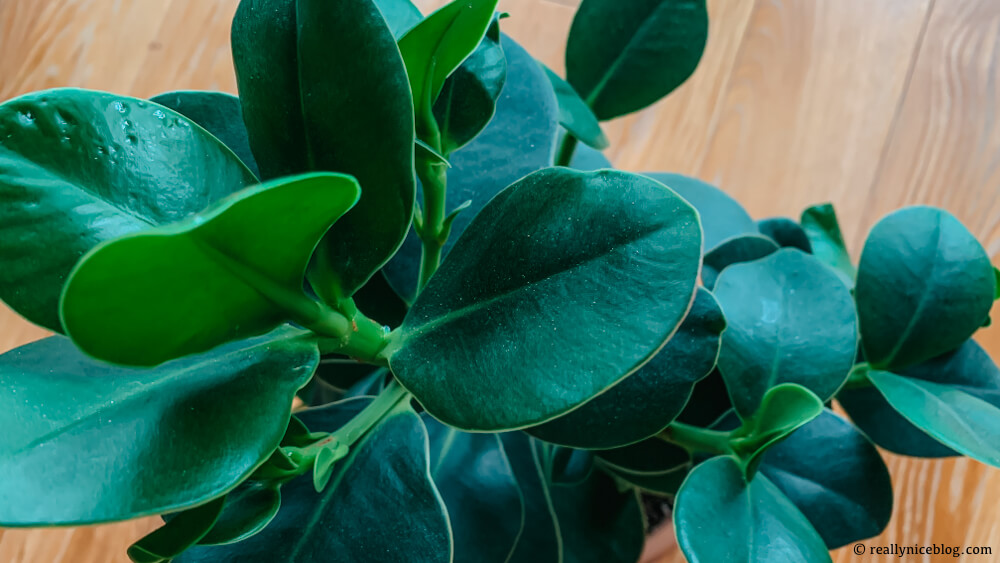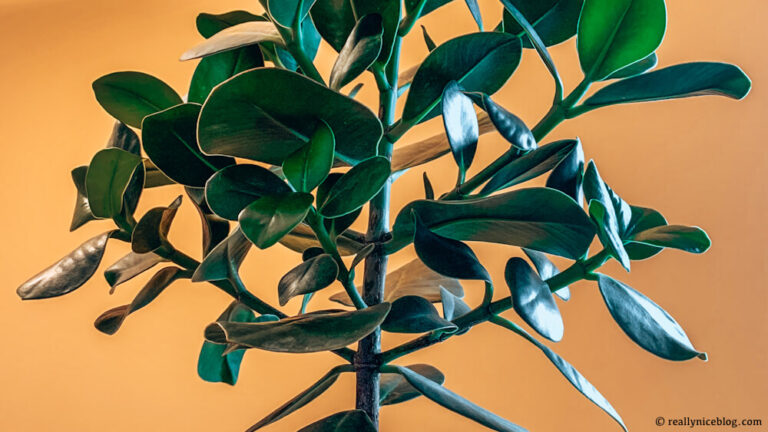Clusia rosea Princess (the Autograph Tree) is one of those plants that look good in all kinds of spaces and require very little care. Place it in a nice sunny location, water regularly and enjoy the leafy company all year round. Besides super easy care, this ornamental plant comes with an interesting set of features. Probably the most widely known characteristic – if you carve Clusia rosea’s leaf, it stays with the plant, like a tattoo. It is invasive outdoors but consider it a fast grower indoors. Being a toxic species itself, Clusia rosea is said to detoxify the air.
About the Plant
Let’s begin with where Clusia rosea Princess originates from, which is the Caribbean and Central America. If we consider the location where a specific plant grows naturally, it can help us better understand its needs. In this case, Clusia rosea Princess is a tropical plant, meaning it loves sunlight, warm temperatures and higher humidity.
Clusia rosea Princess is often called the Autograph Tree. This is because you can “write” on its leaves and the writings (“autographs”) grow with the tree, like tattoos. Other popular names of this plant include Balsam Apple, Pitch Apple and Copey.
Outdoors, Clusia rosea can grow into a 20-feet (6-meter) tree or higher. It is considered an invasive plant species. However, Clusia rosea Princess’s ability to grow fast can be a benefit when growing indoors. Pot it separately and control the size of the plant through the size of the planter. The more space it has, the more it can grow. This way you can customize the plant size to your space and liking – keep Clusia rosea small or let it grow tall (think 6 feet or approx. 2 meters in height indoors).


Gorgeous green all year round, Clusia rosea has thick and leathery (rubbery) leaves. Such leaf qualities usually indicate that the plant stores water and is quite sturdy. Clusia rosea grows not only vertically but also takes up space horizontally and branches out in a symmetrical way. Something to keep in mind if you plan to grow Clusia rosea into a tree at home.
A few more things to note – Clusia rosea rarely blossoms and can grow fruit. The plant is toxic, especially the fruit. Stay on the safe side by keeping the kids and pets away from it. On the positive side, Clusia rosea is one of the indoor plants that purifies the air.
How to Care for Clusia rosea Princess
Light
Think Caribbean – the brighter, the better. Ideally, place Clusia rosea Princess where it can get bright indirect sunlight. If that is not possible, no need to worry as this plant tolerates semi-shade as well.
Water
If the leaves of Clusia rosea lose their thickness, it is a sign that the plant is thirsty. Water the Autograph Tree once a week and try to keep the soil moist. Watering too much may lead to root rot as with most houseplants.
Soil
Clusia rosea will be very happy in a well-draining soil. If you are using organic soil, try mixing in some orchid soil.
Fertilizing
To maintain healthy growth, fertilize Clusia rosea 3 times a year, during the growing season, i.e. in spring, summer and fall.
Temperature & Humidity
Once again, remember that Clusia rosea thrives in the Caribbean climate. Therefore, normal room temperature is great thought the warmer, the better. Clusia rosea loves humidity – mist it at least twice a month or try placing in the kitchen or bathroom.
Cleaning the Leaves
Don’t let the dust cover the shiny leaves of Clusia rosea Princess. Give it a shower once in a while, or clean up the leaves with a damp cloth (this might take a while if your Autograph Tree is on the bigger side).

